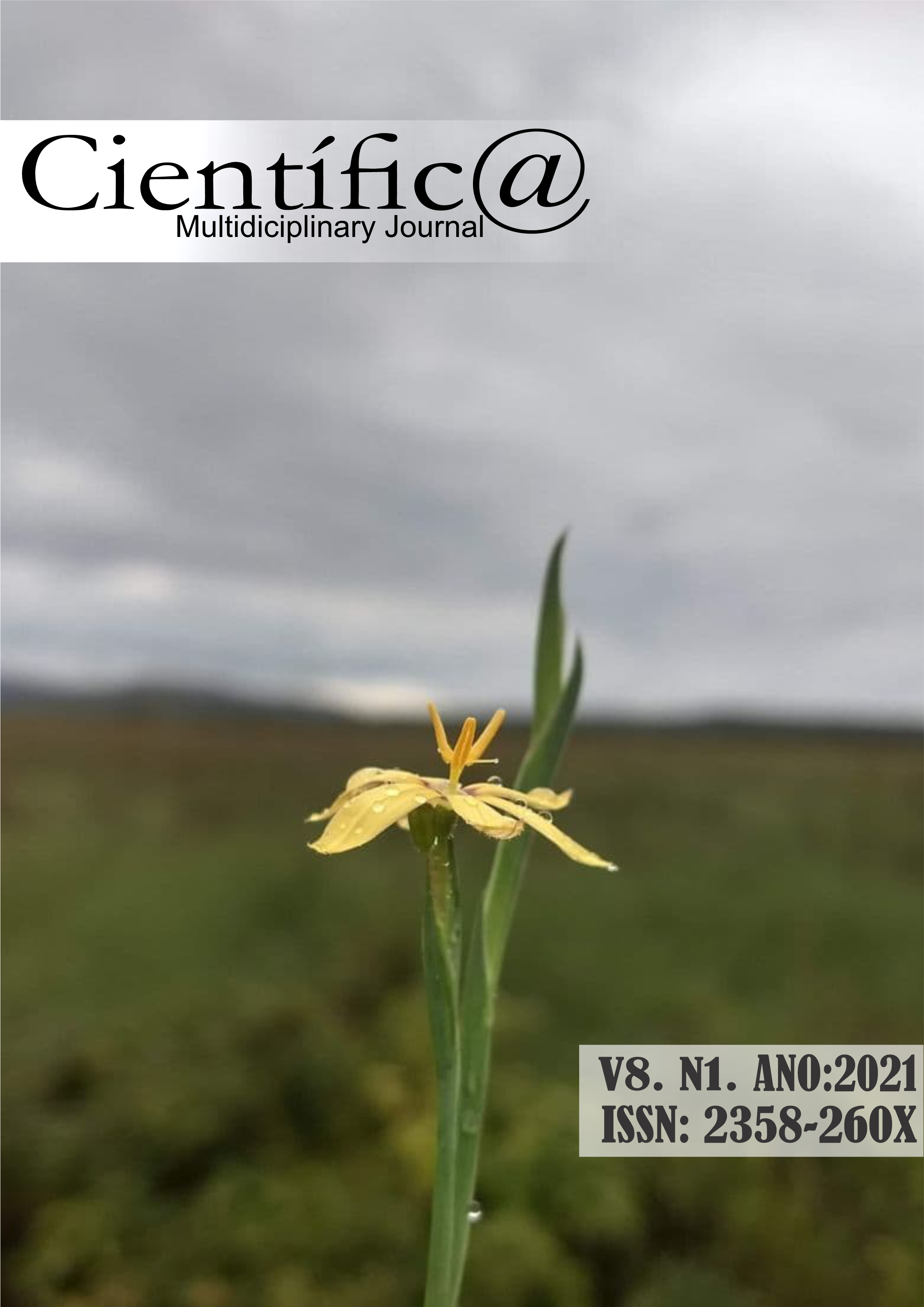MINIMUM PROCESSING OF SOLANUM TUBEROSUM L., MUSA PARADISIACA L., BETA VULGARIS L., PYRUS MALUS L. AND POST CONDITIONING ENZYMATIC BROWNING
DOI:
https://doi.org/10.37951/2358-260X.2021v8i1.4879Abstract
The visual quality of fruits and vegetables is related to consumer acceptance, as well as deformations and improper coloring. The objective of this work was to apply the technology of minimum processing in fruits and vegetables, to evaluate the quality of the products applying different methods of conservation and packaging, and to study the ways to minimize the enzymatic darkening. The experiment was conducted in Ituiutaba, the design used was entirely randomized with 3 treatments (control, bleaching and citric acid 1%) and 4 repetitions. The fruits and vegetables were selected according to the absence of injuries and sanitized in solution with sodium hypochlorite (150 ppm for 15 minutes), the vessels and utensils in 200 ppm for 10 minutes; 20 ppm for 10 minutes and 1 ppm for 10 minutes. After 7 days it was attributed notes for visual scale, being: 1 - great (with freshness and good appearance); 2 - good (with freshness and slightly damaged appearance); 3 - regular (little freshness and damaged appearance, but still in conditions to be commercialized); and 4 - terrible (non-commercial). Potatoes and beets did not deteriorate 100% in the treatments; the green apple and banana deteriorated before the 7-day deadline for some treatments. Under these aspects, it could be concluded, therefore, that the validity of 7 days could be attributed to potatoes (Solanum tuberosum L.), green apples (Pyrus malus L.) and bananas (Musa paradisíaca L.) for the treatment with citric acid 1%, while for beets (Beta vulgaris L.) the validity of 7 days could be attributed to the treatment through bleaching.
Downloads
Published
How to Cite
Issue
Section
License
Esta revista oferece acesso livre imediato ao seu conteúdo, seguindo o princípio de que disponibilizar gratuitamente o conhecimento científico ao público proporciona maior democratização mundial do conhecimento.
A partir da publicação realizada na revista os autores possuem copyright e direitos de publicação de seus artigos sem restrições.
A Revista Científic@ - Multidisciplinary Journal segue os preceitos legais da licença Creative Commons - Atribuição-NãoComercial 4.0 Internacional. 

